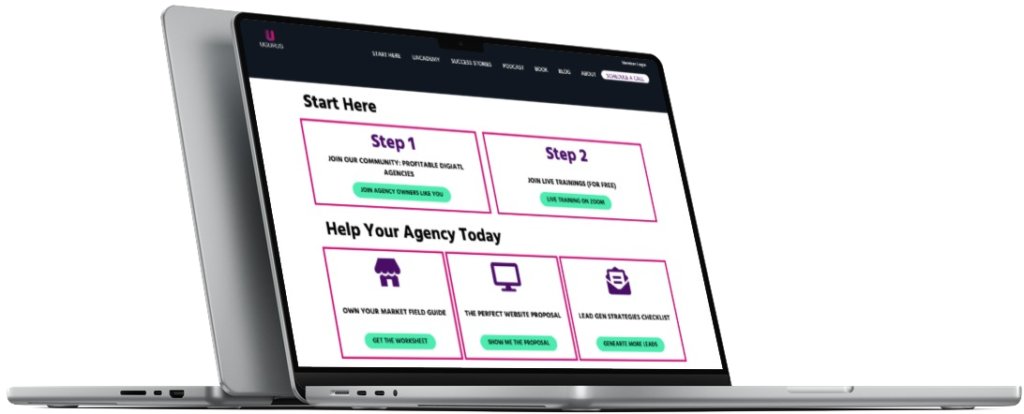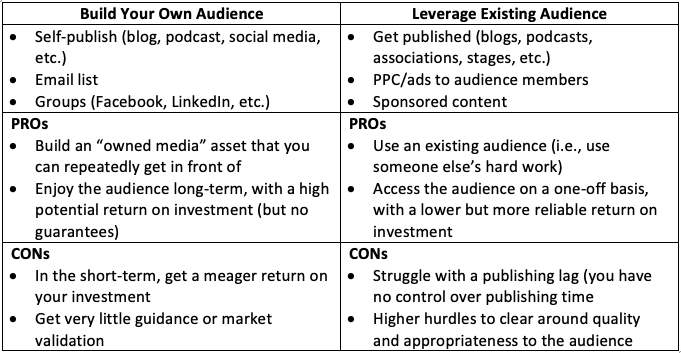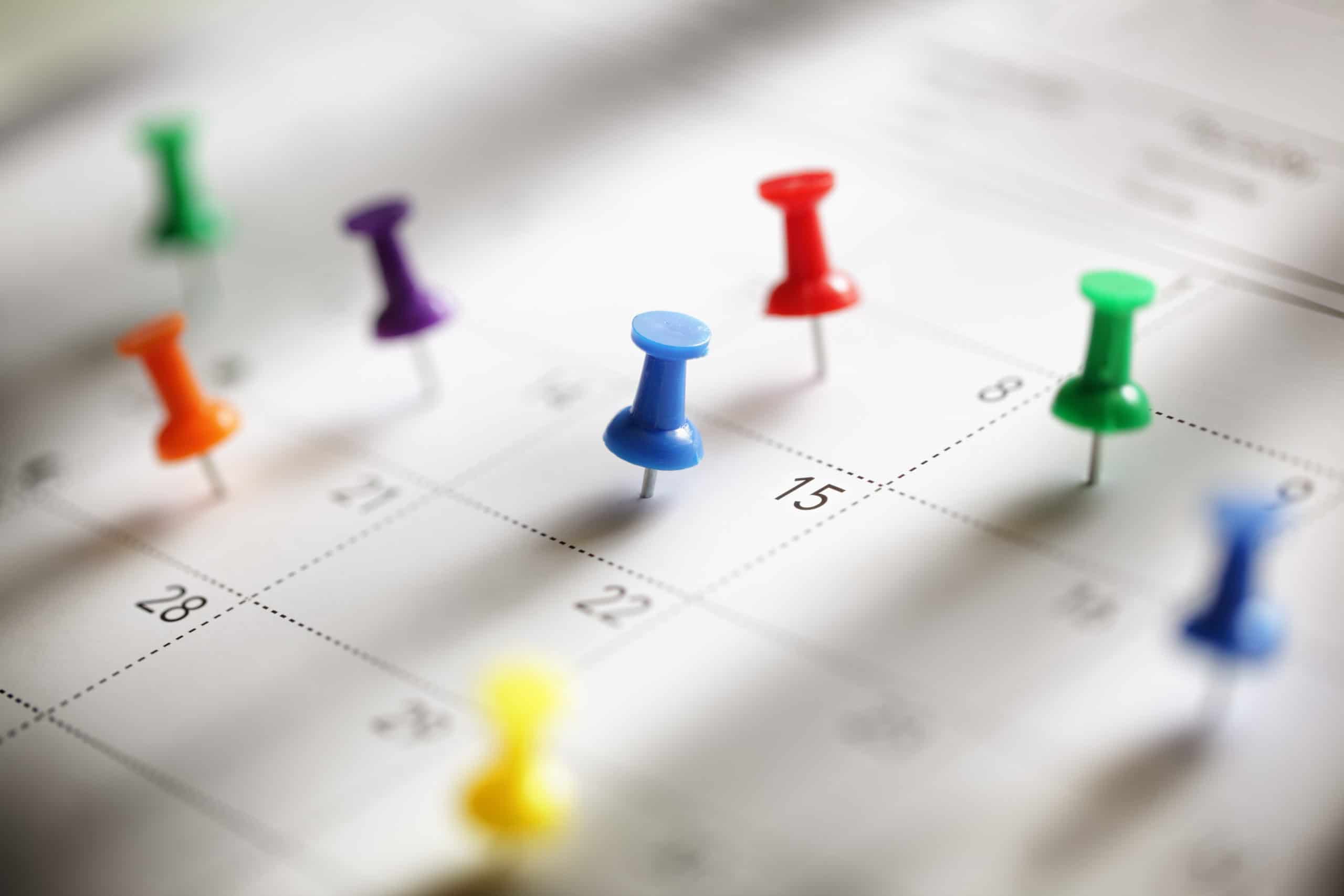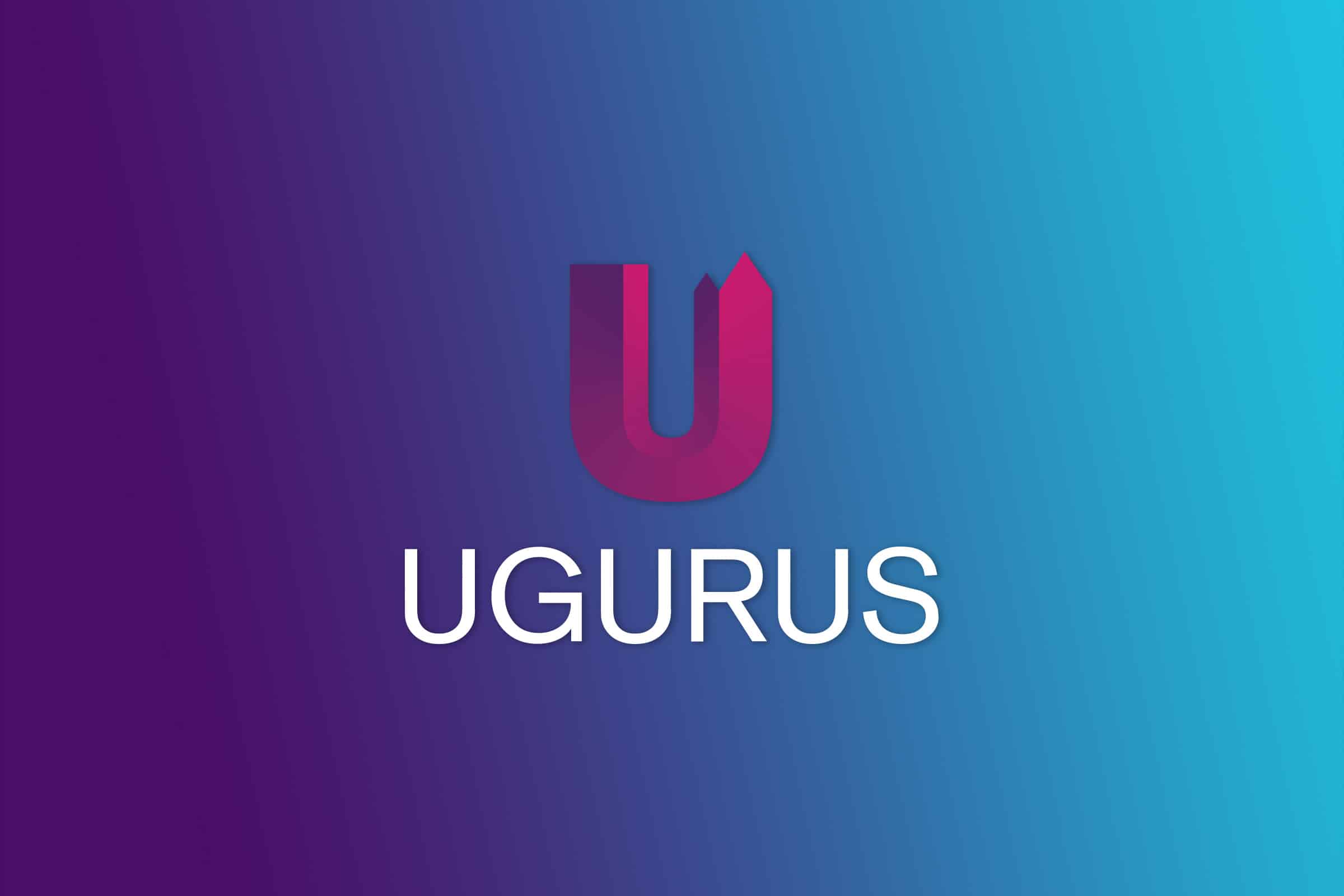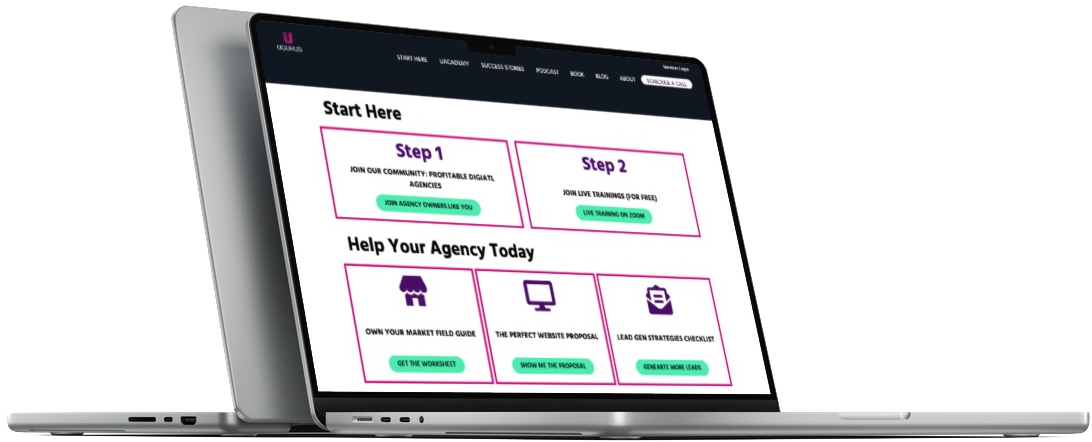Now that you have a good understanding of your audience, it’s time to make them aware that you exist. Awareness is the second A in the 5-A Framework.
Most agencies—in fact, most companies—rely solely on referrals and word of mouth. Those can be powerful ways to get leads, but they’re slow and arduous, and they can be challenging to control. However, creating awareness yourself works like word of mouth on steroids. To do that, you need two things: channels and activities.
Awareness channels are ways to reach your audience and market. Publishers, associations, strategic partners, or groups that contain members of your audience—these are all awareness channels.
If you already have an audience, list, or fan-base, you could consider your own website and blog as awareness channels, too.
Awareness activities are events or tactics that put your message in front of the awareness channels you’re targeting. Activities can be articles, interviews, keynote presentations, or anything else that gets your message out.
In my last blog, you read how Heather had been leveraging online blogs and publishers to build awareness with content. Each publisher was a channel Heather could use to reach her audience. Each article was an activity that communicated her message to the channel.
You need to do this work, just like Heather did—because making your market aware of you is a vital and necessary step in owning your market. You could be the most talented in the space you serve, but if no one knows that, your talents don’t matter.
Not all awareness is created equal, though. There are likely many awareness channels in your market: blogs, podcasts, webinars, conferences, stages, but some are less effective than others.
For example, an article can get you exposure to hundreds, maybe even thousands, of people from your audience—and you can write it from the comfort of your office.
On the other hand, speaking on stage might only put you in front of dozens or hundreds of people from your audience. Plus, a speech typically requires a lot more preparation, and you need to travel to engage your audience. However, a well-executed talk can usually build much more credibility in a shorter amount of time.
Whether that means speaking on stage is more valuable to you than writing an article is a personal choice. There is no “one way” to build your following within your market. Every market will have a different mix of channels and activities available to you, which means you’ll have to evaluate what’s right for you.
How to Create Awareness
Much of building awareness is about leveraging awareness channels—either one you own or a channel that someone else owns.
An “owned” awareness channel is an asset that you have control over where you can build your audience. You’re the one who determines when and how your message appears—with very few obstacles or filters. (Think of your website, your email list, your Facebook group, or your YouTube channel.)
Someone else’s channel, on the other hand, is one you don’t own. Instead of building your audience, you can only use it to leverage an audience that already exists.
When you want to use someone else’s channel for awareness, you’ll be at the mercy of another entrepreneur, editor, or influencer. You’ll encounter higher standards and obstacles around getting your message on the platform.
But leveraging that audience can be extremely helpful to you—which means trying to get access to other people’s channels is worth the work.
So, which should you do—build your own audience or leverage someone else’s? Take a look at this comparison of the two options.
Why It’s Better to Publish on Existing Channels
I feel that a great way to understand awareness is to think of a rock band. (Yes, really. Stay with me.)
Your garage is a lousy place to build an audience for your band. When you’re starting out or trying to gain traction, you need to go to the places where your potential fans are.
Yes, it’s scary as hell to send your audition video to a local pub, but that fear will push you to level up your game. You’ll need to impress the pub manager first, though—and she might even say no. Then you’ll have to practice some more. Finally, you’ll be ready for the bright lights and—hopefully—enjoy some applause.
Then, as you get better, you’ll get the opportunity to perform for bigger and bigger existing audiences. You’ll open for a headliner. And after enough gigs, you’ll begin to have fans of your own, and a following that will help you grow into the big time.
Make sense?
Good, because rock bands aren’t the only ones that go through this process. You need to do the same thing with your business—only each “pub” is an awareness channel, and each “gig” is an awareness activity.
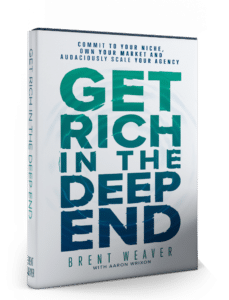
Learn more about applying the 5-A Framework to your business in my new book, Get Rich in the Deep End, order here.
Yes, it’s possible to circumvent this whole process. You can build an audience slowly by investing 100% of your efforts into your own platform, but that will be a painfully slow process.
Many people think they have to start there and do the hard work, but that’s not true. Don’t fall for the lie that existing channels are unavailable to you because you’re not yet “good enough” to be published. For proof, you don’t have to look any further than my own story.
When we first launched my company website, we had four blog posts, a single lead magnet, and no homepage. But instead of getting too caught up in who we were and what we planned on selling, we instead focused on building up an audience of people interested in our message
We leveraged existing blogs that boasted over 100,000 monthly visitors—and, in some cases, up to 1,000,000. These publishers helped us get massive exposure, fast.
Now, not every market will have this type of infrastructure available, but isn’t it worth finding out if yours does? In my next blog, I’ll share more about how to get published. After all, it’s one thing to read about doing it, but to get rich in the deep end, you need to actually do it.
I look forward to helping you on your journey. If you would like to chat with me to see if we would be a good fit to help you own your market, be sure to apply for our free strategy session. There’s no obligation, and I firmly believe the value you get from it will be worth your time.
GET YOUR FREE AGENCY ACCELERATOR PACKAGE
